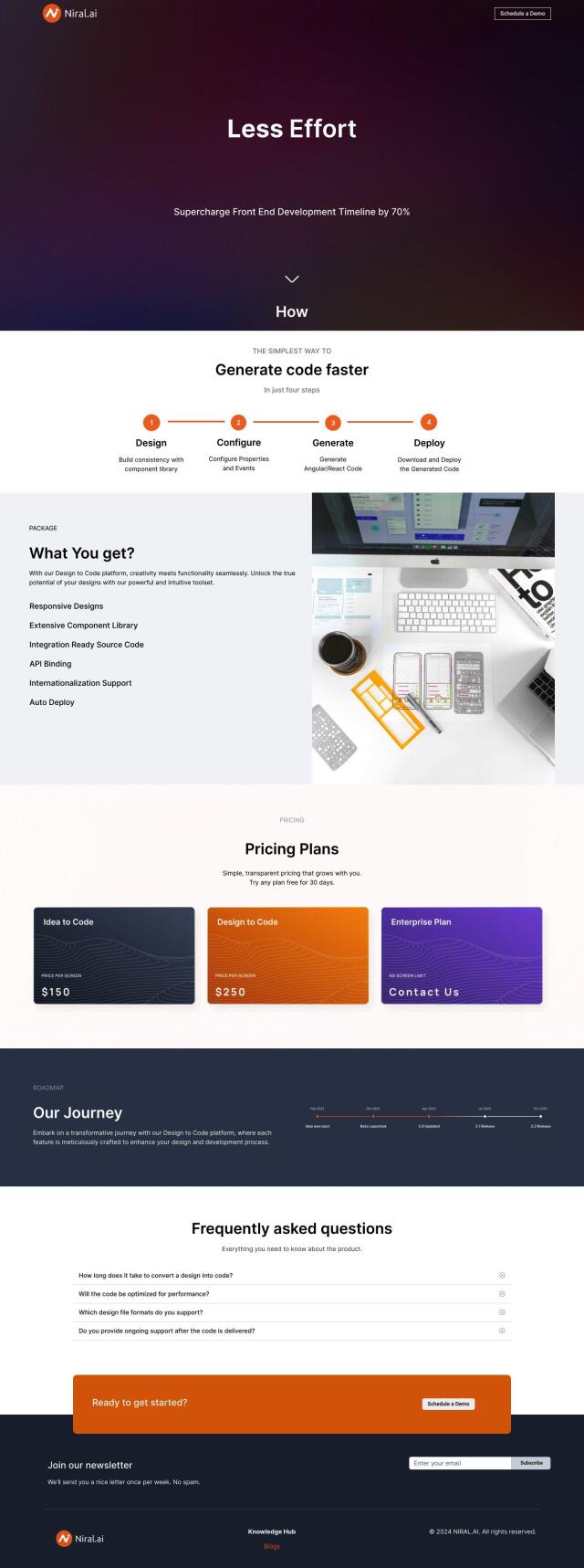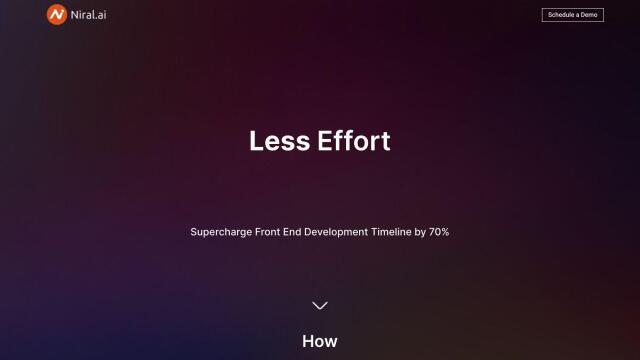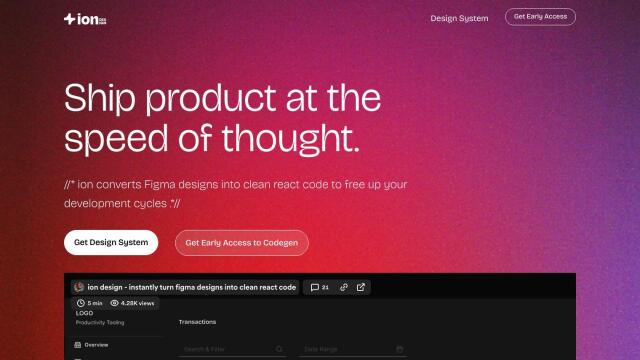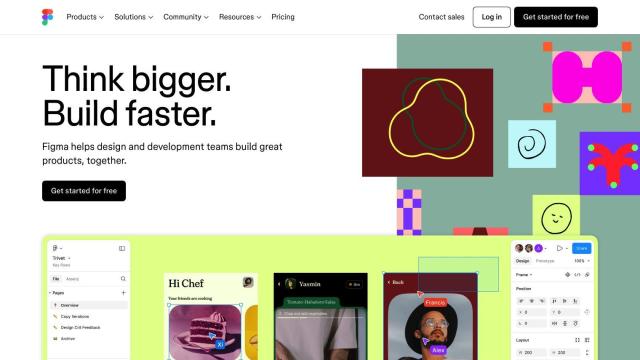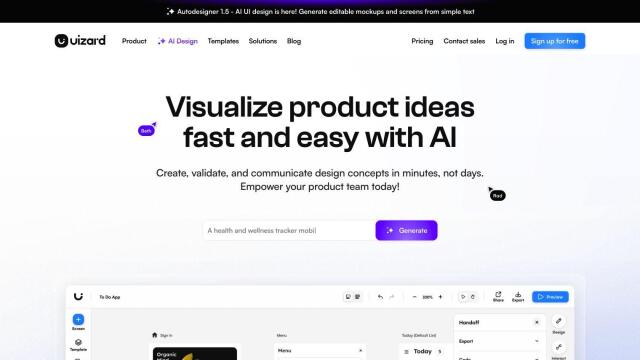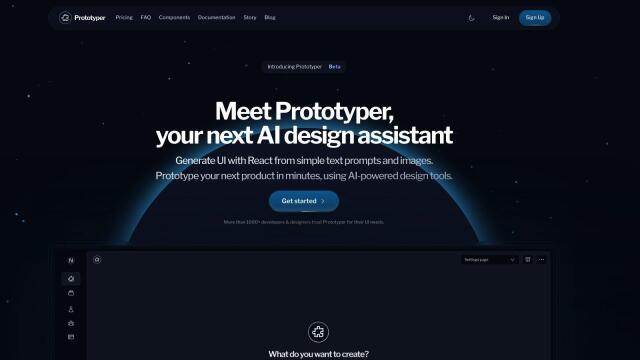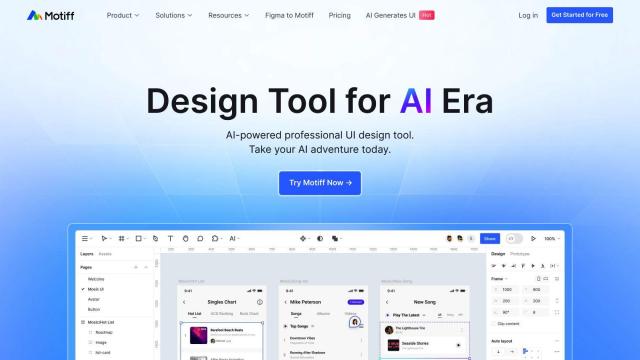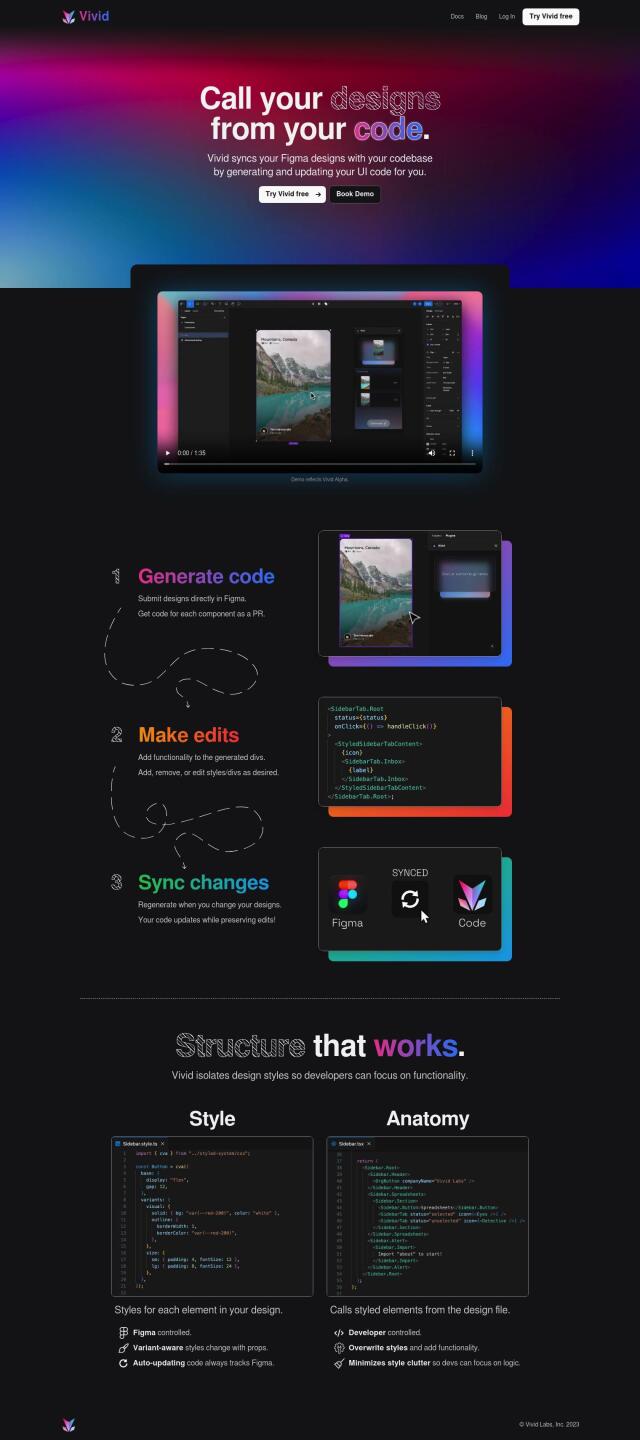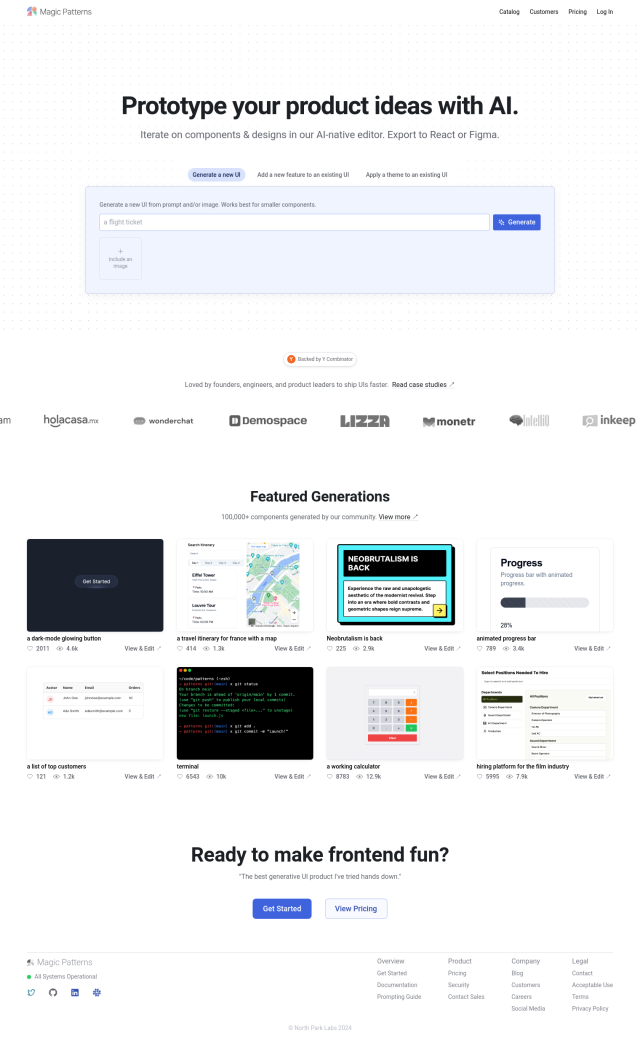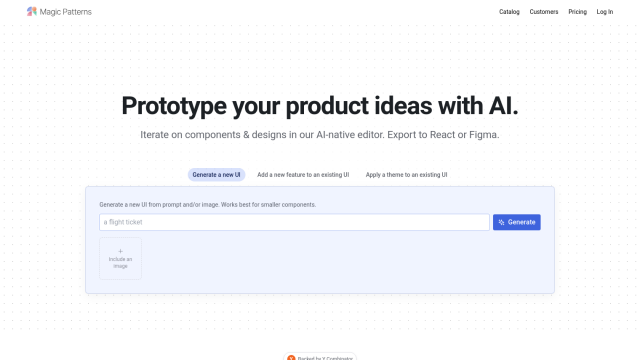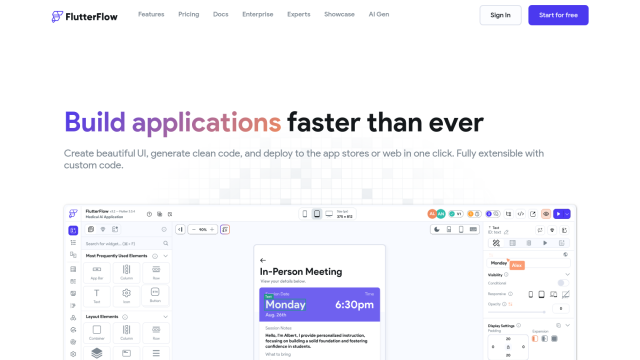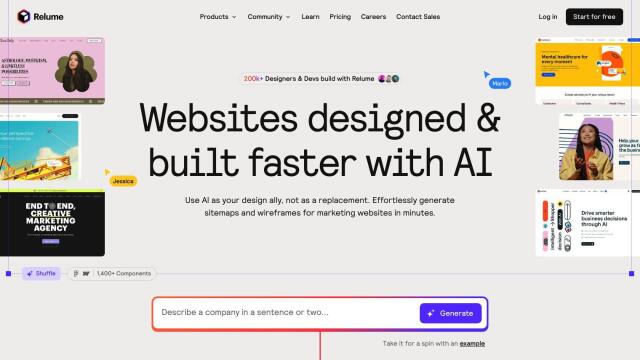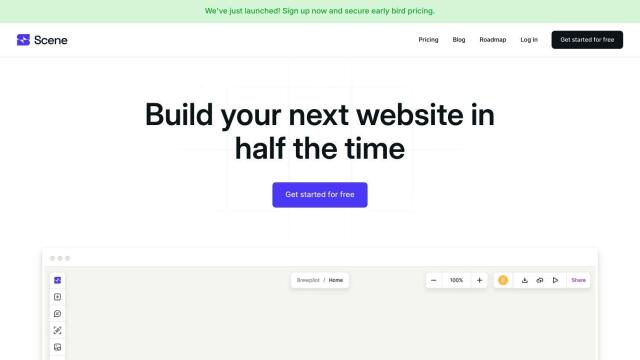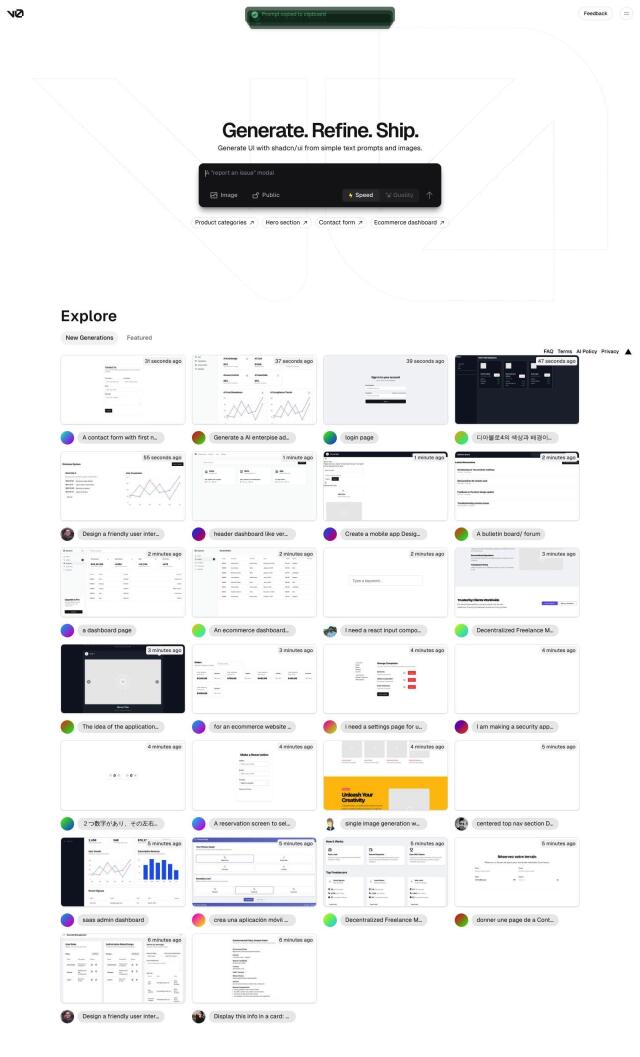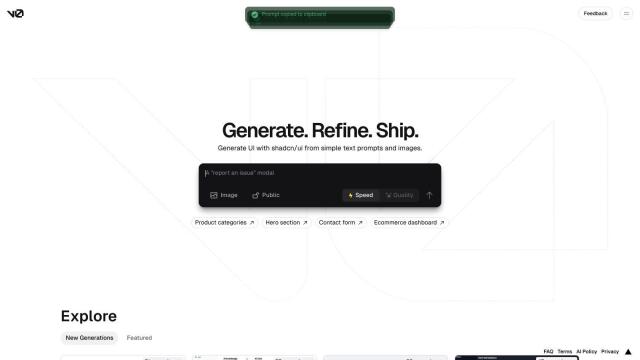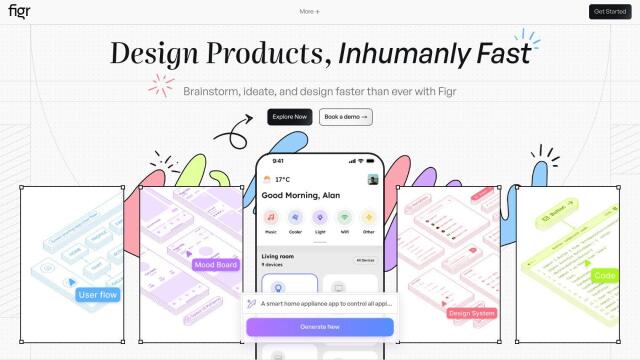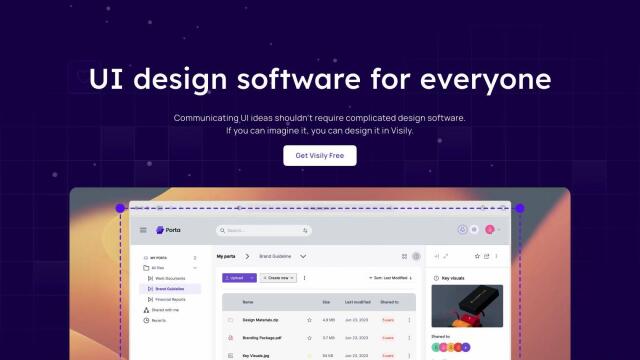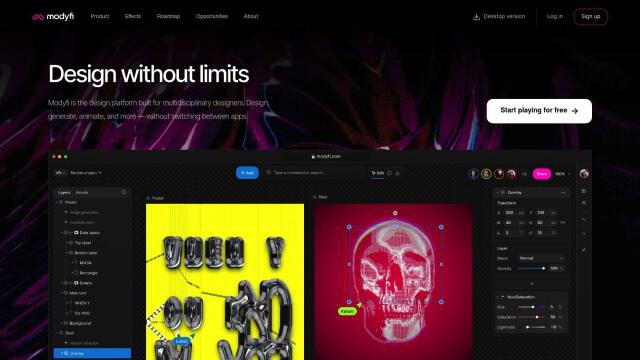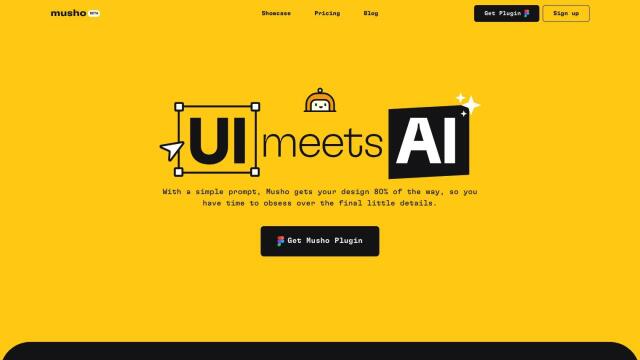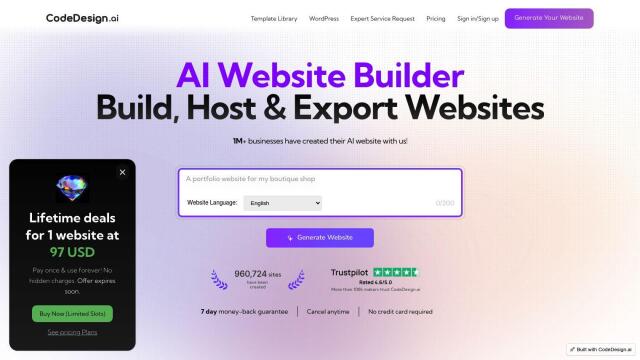Question: Is there a platform that offers a design system, code generation, and visual editing all in one place?

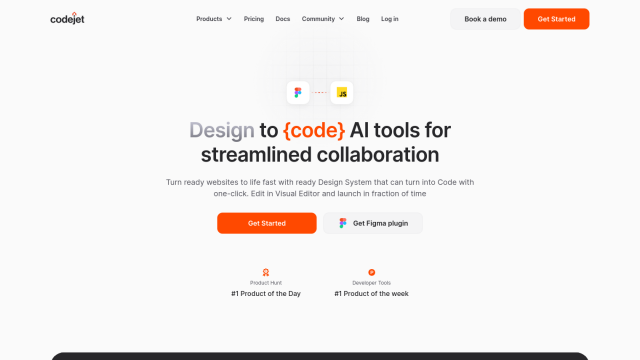
Codejet
If you want a single platform that handles design system management, code generation and visual editing, Codejet is a good option. Codejet can automatically convert designs into working code, bridging the gap between designers and developers. It also comes with a centralized Design System with more than 100 styles, components and templates in Figma so both teams can be on the same page. The platform also includes AI Code Generation that converts Figma designs into code in seconds and a Visual Editor to manually fine-tune the generated code. Codejet also has a Figma Plugin Assistant to ensure compatibility and responsive web design, and one-click deployment to custom domains or the Codejet.io workspace.

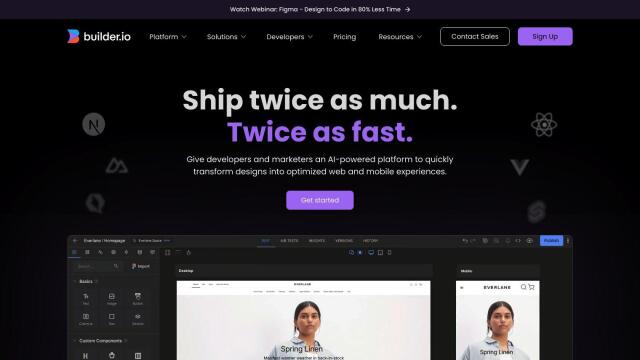
Builder.io
Another option is Builder.io, which offers a range of tools to convert designs into web and mobile experiences. It uses AI to convert Figma designs into code and offers a Visual Copilot to manually fine-tune the generated code, a drag-and-drop visual editor for real-time collaboration, and support for frameworks like React, Vue and Angular. Builder.io also offers component mapping, a global CDN, image optimization and an asset manager, making it a good option for teams that want to accelerate their development workflow.
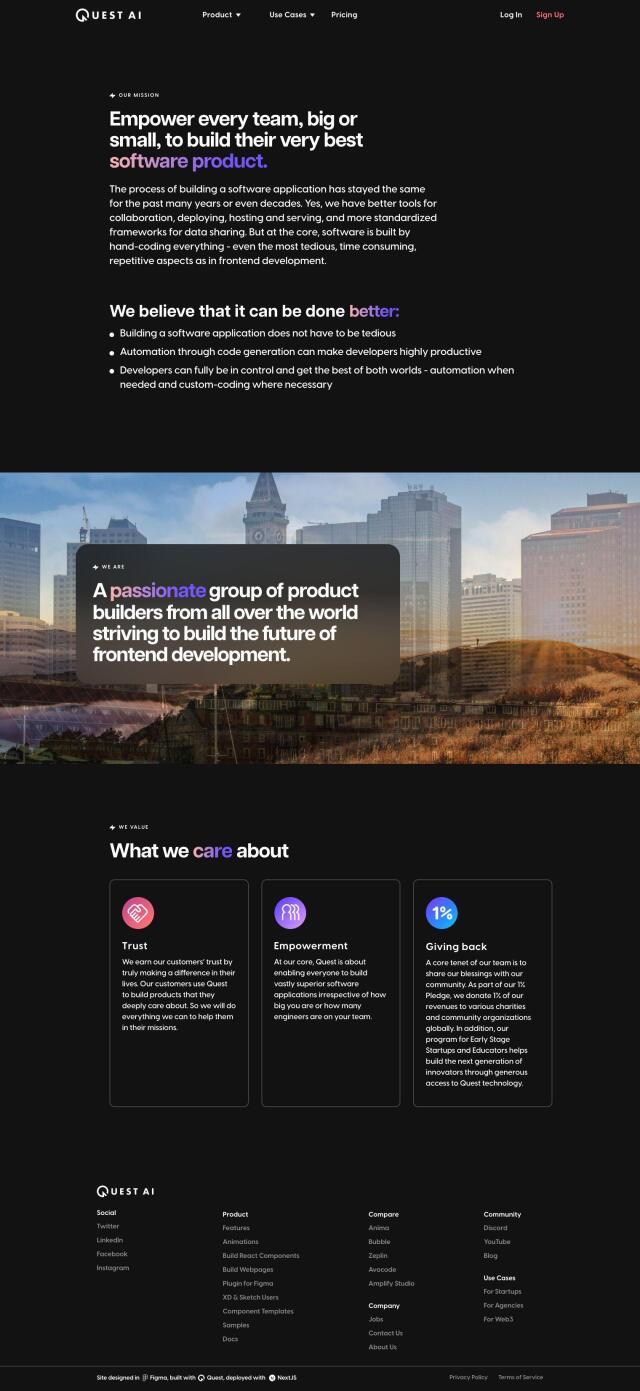
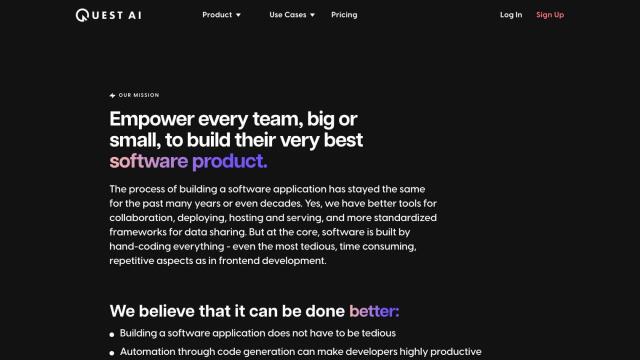
Quest
For developers, Quest is a tool that converts Figma designs into React components. It uses AI to generate clean, modular code and supports design systems and component libraries. With features like Figma to Code, Animation Library and Clean Code, Quest is designed for development teams and offers a range of collaboration tools and more than 1,000 templates and components to get projects underway.


Bifrost
Last, Bifrost is an AI-powered tool that automatically converts Figma designs into React code, including support for popular frameworks like Tailwind and Chakra. It can generate entire component sets from designs and update components easily, making it a good option for developers and designers who want to focus on high-impact features and efficient design updates.


